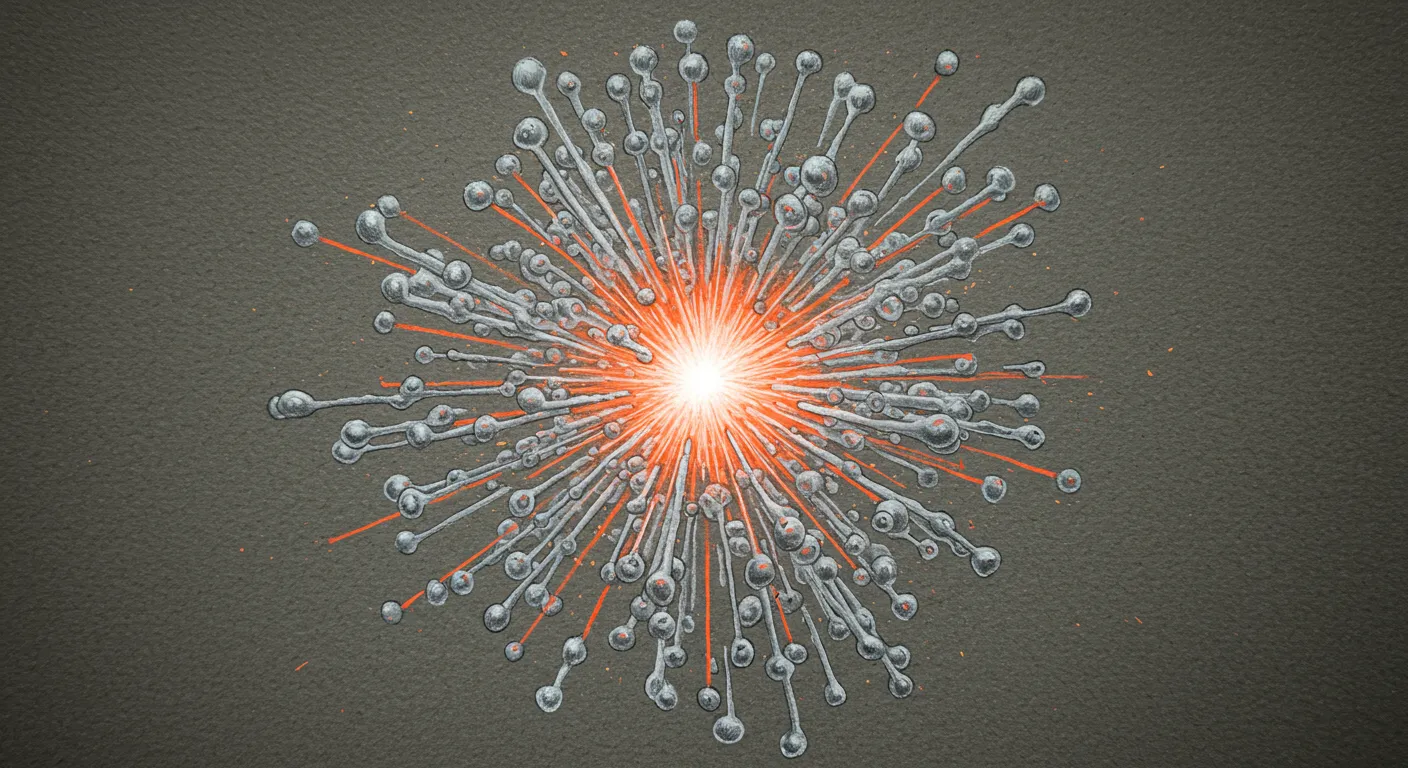In the high-stakes world of fusion energy research, a University of Texas-led team has scored a subtle but potentially significant victory. Their new data-driven method for modeling particle trajectories could be a game-changer in understanding how plasma behaves in fusion reactors.
The breakthrough isn't about generating fusion power - not yet. Instead, it's about creating more accurate computational models that could help scientists design better magnetic confinement systems. By using machine learning techniques to analyze particle movements, the researchers have developed a way to simplify extremely complex plasma dynamics.
Online commentators were quick to point out that this is just one of many challenges facing fusion energy. The field remains plagued by massive engineering obstacles, from containing ultra-hot plasma to managing neutron radiation. Many remain skeptical that fusion will ever become economically viable.
Yet the research represents another incremental step forward. Just as early computer models gradually improved aerospace engineering, these advanced simulation techniques might eventually help crack the fusion energy puzzle. The approach suggests that artificial intelligence could play a crucial role in solving some of physics' most challenging problems.
Ultimately, this work is less about an immediate breakthrough and more about slowly chipping away at the fundamental scientific challenges that have kept fusion energy just out of reach for decades.


